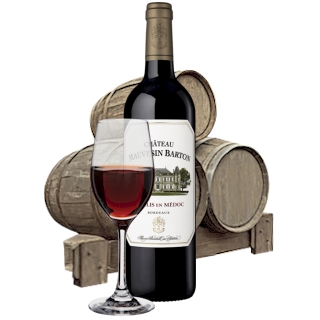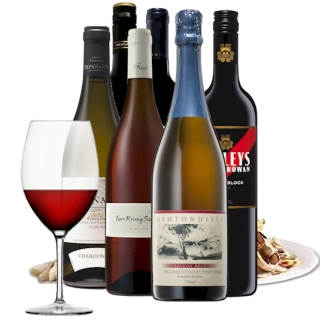Sandro Mosele is one of Victoria's most accomplished vignerons, his celebrated editions of Kooyong and Port Phillip estates are amongst the most cherished renderings of Burgundy styled Pinot Noir in the nation. Mosele has applied his art to a precious parcel of fruit, picked off a single, modest block of vine, grown to the fully fertile soils of a lamb and beef stud, on the brisk, maritime blown coastals of Gippsland South. This is not Pinot for profit, Walkerville represents an aesthetic appreciation of fruit from the farmer, invigorated by the blessings of providence and consecrations of local livestock. A cornucopia of comely characters, forcemeats and fennel, pectins and pith, Walkerville make Pinot Noir as it should be, bucolic, pastoral, articulate of the..
The grazier's garden of gippsland»
The Australian winemaking industry is grateful to Leontine O'Shea, instrumental in the establishment of Mount Pleasant wines, she sent her son Maurice to France for an education in viticulture right at the outbreak of World War I, gifting him his first Hunter Valley vineyard in 1921. Mount Pleasant are now custodians of some grand old sites, a canon of small, elite blocks of vine that yield a precious range of icon wines, which represent peerless value and readily disappear before release of the following vintage...
The legacy of grand old hunter valley vineyards»
Right around the time that Frank Potts was planting his nascent Bleasdale Vineyards during the 1850s, an eccentric Prussian named Herman Daenke established a homestead along the banks of Bremer River, which he called Metala. The site was planted to viticulture by Arthur Formby in 1891 and became one of Langhorne Creek's most productive vineyards, it continues to supply fruit for a number of prestigious national brands. Legendary winemaker Brian Dolan took the radical step of bottling Metala under its own label in 1959 and won the inaugural Jimmy Watson Trophy in 1962. Two generations later, the brothers Tom and Guy Adams took a similar leap of faith and branded their Metala fruit as Brothers In Arms. The quality of wine re established Metala as a vineyard of..
The goodly farms of brothers in arms»


























